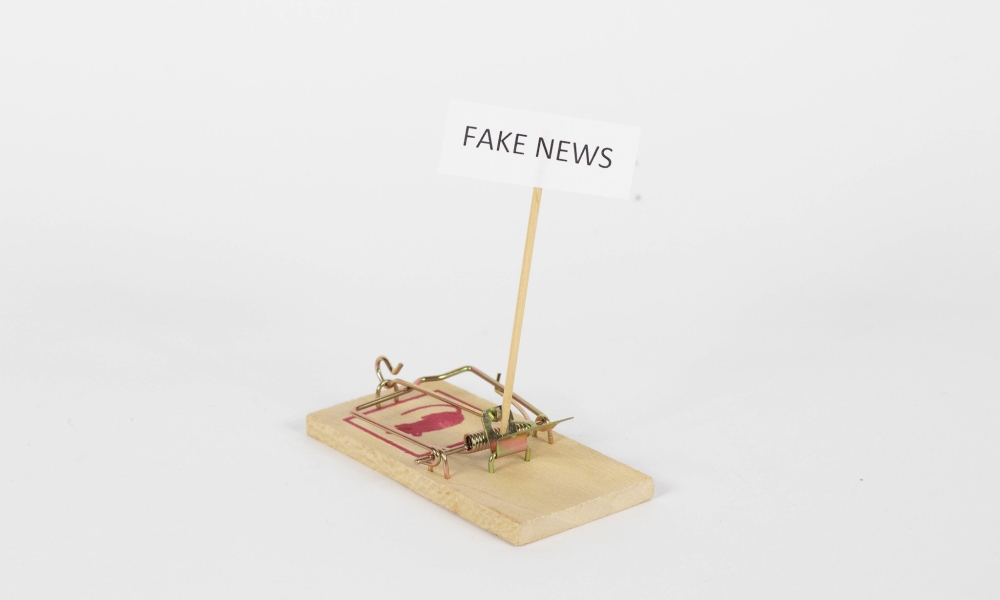The idea of an "echo chamber" extends to tendencies towards exposure to specific political content which is likely to extend to misinformation further exacerbated by social media platforms. This report tests this prediction using data found on fake news combined with survey responses to find that 1 in 4 Americans visited fake news sites from October 7 to November 14, 2016. However, this consumption of fake news was heavily concentrated among a small group of conservative leaning individuals. The report also finds Facebook to be a major vector of exposure to fake news and that its fact-checks almost never reached its users'.
Highlights:
- The study estimates that 27% (more than 65 million) Americans age 18 and older visited pro-Trump or pro-Clinton fake news sites during the study period which covered the final weeks of the 2016 election campaign.
- Pro-Trump supporters were more likely to visit fake news sites than Clinton supporters. Among Trump supporters, 40% read at least one fake pro-Trump news article as compared to only 15% of Clinton supporters reading pro-Clinton fake news.
- The findings of the study reveal that Facebook was among the previous sites visited by the respondents before visiting a fake news site.
- Only 62% of the respondents said they were familiar with fact-checking. A positive view of fact-checking was less common among fake news consumers (48%), especially among Trump supporters (24%).

